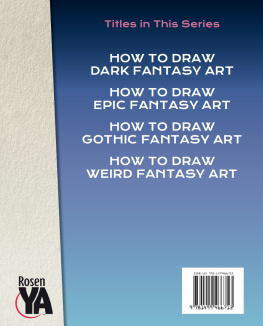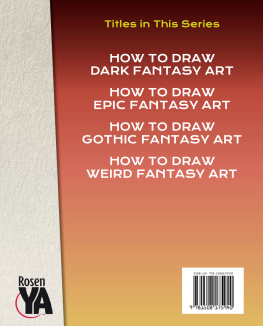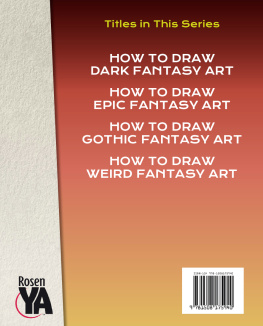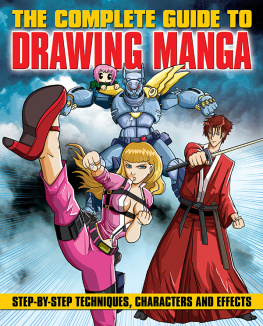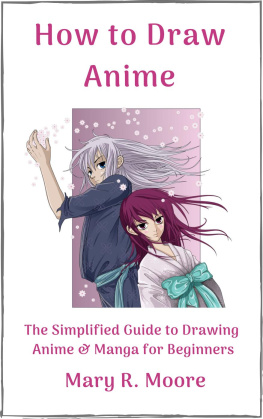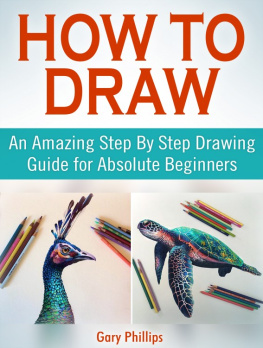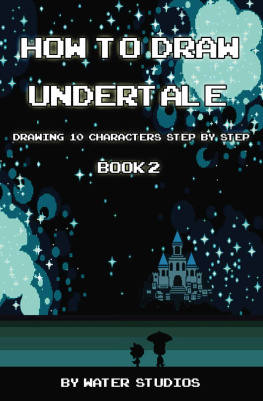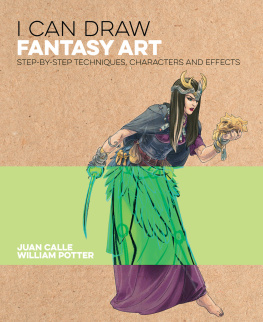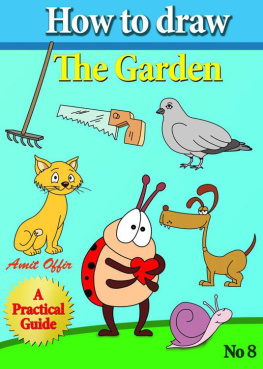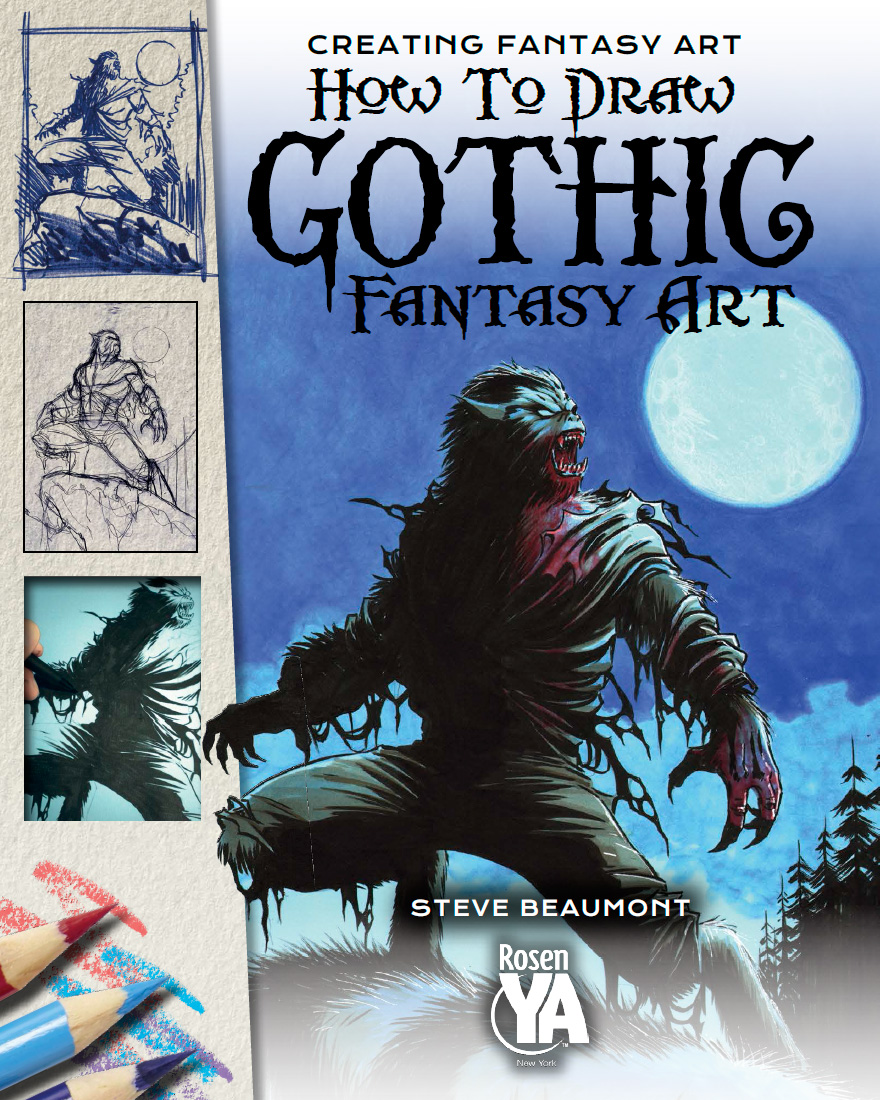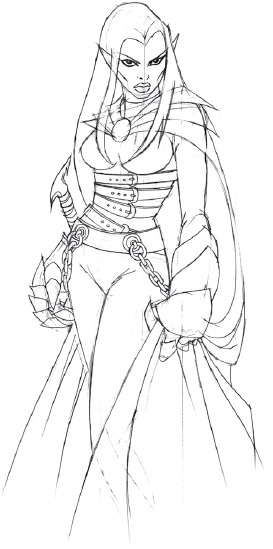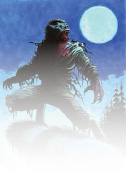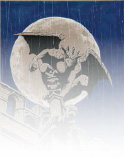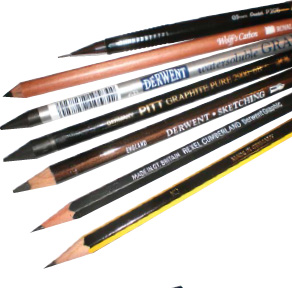Published in 2018 by
The Rosen Publishing Group, Inc.
29 East 21st Street
New York, NY 10010
All rights reserved. No part of this book may be reproduced in any form without permission in writing from the publisher, except by a reviewer.
Library of Congress Cataloging-in-Publication Data
Names: Beaumont, Steve, author.
Title: How to draw gothic fantasy art / Steve Beaumont.
Description: New York : Rosen Publishing, 2018. | Series: Creating fantasy art | Includes bibliographical references and index. | Audience: Grades 712.
Identifiers: LCCN 2017003113 | ISBN 9781499466713 (library-bound) | ISBN 9781499466744 (pbk.) | ISBN 9781538380031 (6-pack)
Subjects: LCSH: Fantasy in artJuvenile literature. | DrawingTechniqueJuvenile literature.
Classification: LCC NC825.F25 B425 2018 | DDC 741.2dc23
LC record available at https://lccn.loc.gov/2017003113
Manufactured in the United States of America
Copyright 2014 Arcturus Holdings Ltd., 2018
Credits
Thanks to the following artists materials brands that appear in this book: Copic [Copic is a trademark of Too Corporation in Japan], Derwent, Faber-Castell, Letraset, Staedtler, Winsor & Newton.
All illustrations are original. Credits for additional images: Shutterstock: 31, 42.
CONTENTS
INTRODUCTION
MATERIALS
FIGURE DRAWING
COLORING
WEREWOLF
ELF PRINCESS
GARGOYLE
SKETCHBOOK
GLOSSARY & FURTHER INFORMATION
INDEX
INTRODUCTION
As a child, I liked nothing better than losing myself in a sci-fi or horror movie or a pile of superhero comics. My favorite films were the ones that featured creatures created by Ray Harryhausen and included Jason and the Argonauts, One Million Years BC and The Golden Voyage of Sinbad, in which, for me, the animated characters rather than the actors played the starring roles.
These stop-motion model animation (dynamation as it became known) movies had a huge impact on me, as did the work of Jack Kirby, the legendary comic book artist, and Frank Frazetta, whose work I still regard today as the best in fantasy art. Indeed, I believe that had I not been impressed by Jack Kirbys art work and wanted to copy it, I may never have picked up a pencil and started to draw. Unfortunately my passion for fantasy art, sci-fi and comics was not shared by the teachers at my school, who considered it to be a futile pursuit. It was my dream to go to art college and learn to draw to a professional standard, but a series of events shattered those dreams and I never did get that opportunity. However, my love of fantasy art did not die and I continued to watch fantasy movies and read superhero comics, which inspired me to create my own fantasy art. I believe art college is a good place to develop your skills as an illustrator and education is paramount, but I do not think that it is the only path to success in illustration. My own experience has shown me that determination, a love of drawing and continuous practice will get you there in the end. Indeed, the purpose of this book is to encourage others to develop their fantasy art drawing skills, whether they have been lucky enough to have had an education in art or not.
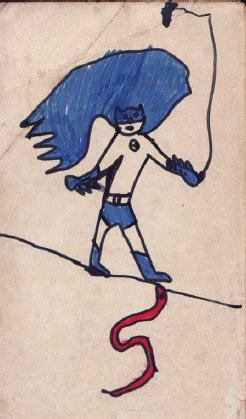
Drawn by Steve Beaumont, aged 6.
This book is an entry-level guide to fantasy art. For the most part all you will need is a decent set of pencils, an eraser and some good-quality paper, as most of the exercises in this volume were produced with exactly those materials. All the exercises can be executed with varying levels of success depending on how much work you are prepared to put in. It all comes down to practice and attention to detail, which in turn comes from being observant and willing to learn. I wasnt born being able to draw the way I can now (as you can see from my childhood drawing on page 4); my skills developed over time and required practice, imagination and a lot of resolve. I am now a freelance artist producing illustrations, concept art and storyboards for the film, television and video game industries, and I have illustrated a number of graphic novels. The tutorials in this book are based on fantasy art classes that I teach at Swarthmore Learning Center, Leeds (UK).
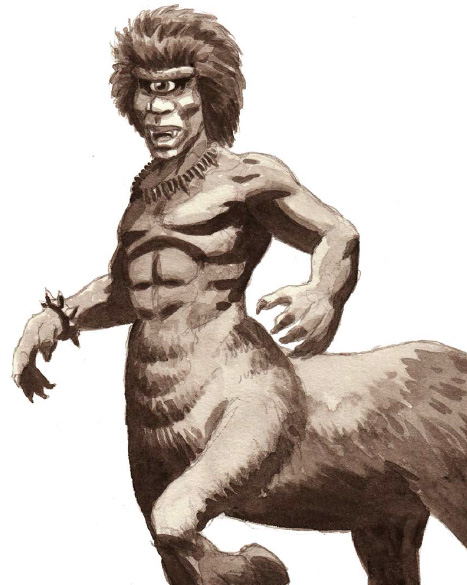
Centaur from the 1974 film The Golden Voyage of Sinbad, created by Ray Harryhausen.
Although the purpose of this book is for you to have fun discovering the possibilities of fantasy art, it may also awaken talents that could lead to something more. Whatever the future holds, I hope that the book will inspire you to pick up a pencil and create some wild imaginings too.
MATERIALS
Artists use a wide variety of materials. Some choose to work in watercolors, some prefer oils or acrylics, while others decide to use inks, pencils or pastels. I suggest that you test all these mediums because only by trying them yourself will you find the right one for you.
The items I have presented here are by no means the only brands available, but they are the ones that I use on a regular basis and, indeed, that I used to create the drawings contained within this book.
PENCILS
There is a huge range of pencils available, and it is worth trying out a few to see which you prefer.
PENCIL WEIGHTS
Here is a list of pencil weights and their qualities:
H leads are hard and create a lighter mark on the paper. The range consists of H9H, with 9H being the hardest.
HB pencils are a good mid-range pencil, giving a wide variety of tone between the H and B leads.
B leads are softer and leave a lot of lead on the paper, which is easily smudged. The range consists of B9B, with 9B being the softest.
ERASERS
There are lots of erasers on the market, but only a select few good products. I tend to use Winsor & Newton putty rubbers (Figure 1), Staedtler plastic erasers (Figure 2), and a Derwent battery-operated eraser (Figure 3).

